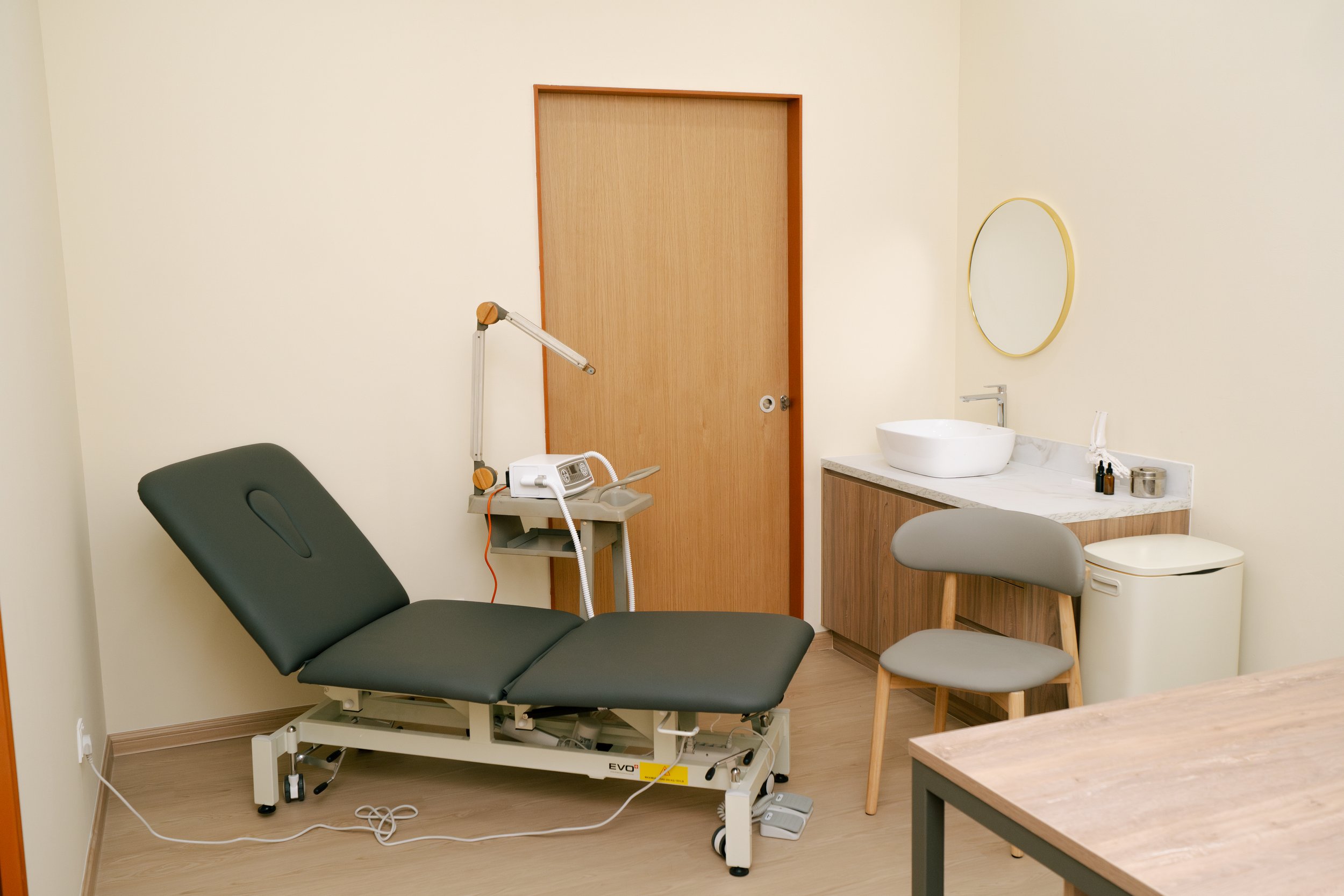
Blisters
What Is A Blister?
A blister is a small, fluid-filled sac that forms between layers of skin as a protective response to friction, heat, or pressure. It acts as a cushion to protect the injured area underneath from further damage.
Blisters most often appear on the heels, toes, ball of the foot, or sides of the foot, and can make walking or standing extremely uncomfortable — especially when wearing tight or closed shoes.
Causes & Risk Factors
Blisters are a result of shear forces (rubbing) between the skin and another surface, such as your sock or shoe. This causes the skin layers to separate, and fluid to build up in the space.
Common causes and risk factors include:
Wearing tight, loose or poorly-fitted shoes
New shoes that haven't been broken in
Sweaty or wet socks
Heat and moisture build-up during exercise
Having foot deformities (e.g. bunions, prominent toe joints, Haglund’s bump)
Wearing synthetic socks that don’t wick moisture
High-friction activities like hiking, running, or sports
Repetitive movement and long periods of walking
Should I Pop My Blister?
No — we recommend avoiding popping your blister.
While tempting, popping a blister increases your risk of infection. Instead:
Protect the blister with a clean, padded dressing
Avoid rubbing or pressure on the area
Keep it clean and dry
Let it heal naturally
If the blister does burst on its own, gently cleanse the area with antiseptic (e.g. Betadine), avoid removing the overlying skin, and cover with a sterile, non-stick bandage. Replace the bandage daily or if it becomes wet or dirty.
When To See A Podiatrist
You should seek podiatry care if:
The blister is large, very painful, or infected
There is pus, redness or spreading warmth (signs of infection)
You have diabetes, are immunocompromised, or have poor circulation
You keep getting blisters in the same area
You’re unsure if it’s a blister or another skin condition
At KL Foot Specialist Podiatry, we can:
Professionally debride thick skin or blister roof if appropriate
Apply sterile dressings to support faster healing
Analyse your footwear and walking style to identify the cause
Recommend shoe modifications or custom orthotics if needed
Provide expert advice to stop future blisters from forming
What Happens If I Ignore A Blister?
Leaving a blister untreated — especially one exposed to ongoing friction — can lead to:
Increased pain and reduced mobility
Infection, which may require antibiotics or lead to cellulitis
Scarring or ulceration
Delayed healing, especially in people with diabetes
Prevention
To reduce your risk of friction blisters:
Wear properly fitting shoes
Choose moisture-wicking socks (preferably natural fibres like bamboo or cotton)
Keep your feet cool and dry — change socks if needed
Avoid synthetic socks (like polyester and nylon)
Break in new shoes gradually
Dry your feet thoroughly after showers
Use padding, blister patches or tape in areas prone to rubbing
Ask our podiatrists about orthotics or foot assessments if you regularly get blisters
Not All Blisters Are Equal
Some conditions can mimic blisters, including:
Fungal skin infections (Athlete’s foot)
Eczema or dermatitis
Impetigo (a contagious bacterial skin infection)
Burns
Allergic reactions or drug side effects
Autoimmune conditions or vasculitis
If you’re unsure, let us assess it properly so you can get the right care.
Book An Appointment
Blisters may be common — but that doesn’t mean you have to live with the pain or risk infection. If you have a blister that won’t heal, is recurring, or causing concern, our team is here to help.
Book your appointment with KL Foot Specialist Podiatry today and let us get you back on your feet — pain-free.
